Suboxone Detox
SAFE & COMFORTABLE
Suboxone Detox
Suboxone Detox in San Francisco, California
- Written By: Kris Brace, CADC II
- Medically Reviewed By: Riky Hanaumi, LCSW
- August 26, 2021
- 7:37 pm
Suboxone is referred to as the pharmacological “gold standard” of opioid addiction treatment. This medication, which is a combination of both buprenorphine and naloxone, is designed to reduce the intensity of withdrawal symptoms while also helping limit cravings for those who are detoxing from opioids like heroin, oxycodone, and fentanyl. With both of these active ingredients working in concert, recovering opioid users not only have an easier time detoxing but also have less of a risk of abusing Suboxone.
It can seem counterintuitive to prescribe an opioid-based medication to someone who is trying to stop abusing opioids. But Suboxone is prescribed in a similar manner that benzodiazepines or steroids would be prescribed when tapering someone off of them. Suboxone works to help opioid-addicted individuals slowly taper off of the drug, keeping them more physically and mentally stable during their detox. Suboxone has proven, time and time again, that the benefits outweigh the risks for those wanting to establish a life of recovery for themselves.
History of Suboxone
Opioid addiction and dependence are not anything new to medical and mental health professionals. In fact, buprenorphine was first developed in 1966 in an effort to provide pain patients with a safer, less addictive opioid than morphine, which was the standard painkiller at the time. But it would not become mainstream until the 2000s when the opioid epidemic started building.
Prior to the increased use of Suboxone, methadone was also a primary “go-to” treatment for opioid addiction. Methadone received approval from the Food and Drug Administration in the late 1940s. However, as years passed, medical and mental health providers started to see various potentially dangerous side effects associated with methadone use, including high rates of overdose, abuse, and addiction. In fact, in 2010, as many as one in three opioid-related deaths were linked to methadone misuse. Methadone is a full opioid agonist (Suboxone is a partial agonist), meaning it binds to the opioid receptors in the brain, causing them to activate. This creates a chemical response that leaves the individual more vulnerable to dependency on methadone. Although methadone is still used in specific, carefully controlled situations, Suboxone is the preferred choice in most medication-assisted programs.
Similar to buprenorphine, naloxone was also developed in the 1960s. Initially, this medication came to be in an effort to treat constipation caused by opioid use. But it became clear rather quickly that naloxone also had the ability to reverse the effects of opioids, which is why it started being used to treat opioid overdoses.
Naloxone and what it does may seem somewhat new to many people, but it is anything but. Naloxone received FDA approval in 1971 to be used to treat opioid overdoses. By 1996, more than a dozen states had authorized the use of naloxone for regular everyday citizens. Twenty-five years later, we are now equipping naloxone with all first responders, making it available at pharmacies across the nation, and encouraging the use of it in the event that an opioid overdose has occurred.
The combination of buprenorphine and naloxone to create Suboxone did not occur until the 2000s when it was approved for use in addiction treatment centers and is still used today.

How Does Suboxone Work?
To put it simply, Suboxone works to reduce withdrawal symptoms and cravings in someone who is detoxing from opioids. The inner workings of how this medication interacts with the brain, however, is much more complex.
Within the brain, there are neurotransmitters. Neurotransmitters are known as the body’s “chemical messengers,” as they send signals and attach to various receptors throughout the brain. When an opioid is consumed, it reaches the neurotransmitters and is dispersed out to the opioid receptors. Activation of those receptors then occurs, signaling to the body that opioids are present, and symptoms develop such as euphoria, relaxation, and pain relief. When someone who is dependent on opioids suddenly stops abusing them, the opioid receptors get the signal that this type of drug is no longer being abused. This then promotes the development of withdrawal symptoms and cravings, which can be very painful and distracting.
When Suboxone is being consumed as directed by a medical professional, the opioid receptors in the brain become partially activated without producing symptoms related to getting high on opioids. Suboxone is known as a partial opioid agonist. This means the two components of Suboxone work together to block the receptors in the brain that function when opioids are present. This helps to decrease the pleasurable effects of opioids on the user.
But what is a partial agonist? The best way to understand this is to think of the brain as the doorway to someone’s home. Without Suboxone working to limit access to the home, it is wide open for anything and anyone to enter. Suboxone acts as a security system for the home. When someone recovering from opioid addiction takes Suboxone, it partially closes the door. Although some things may still enter, access is now limited and far more complicated. This action helps to calm withdrawal symptoms and cravings, making it easier for a person to detox and make their way into recovery.
Each drug works in its own way to help reduce the effects of opioid use and withdrawal. Naloxone works explicitly to reverse the effects of opioid drugs making withdrawal symptoms more manageable. When someone takes Suboxone, it remains bound to the opioid receptors in the brain for several days. Therefore, if someone takes an opioid while Suboxone is still present in their system, it will block the effects of the opioid, making taking the drug less desirable and reducing use easier.
It is also vital to ensure Suboxone is appropriately used in the detox and withdrawal setting. Overcoming addiction through Suboxone use requires one already begin detoxing from other substances before they start using Suboxone. If someone takes Suboxone before you have sufficiently withdrawn from other drugs, it can produce a severe form of withdrawal known as precipitated withdrawal. Precipitated withdrawal can occur suddenly, and its symptoms are severe and potentially life-threatening.

Request a Confidential Callback 24/7
Suboxone Addiction
Unfortunately, despite Suboxone being highly effective in treating symptoms related to opioid withdrawal, it is also a substance that can be abused. Since Suboxone contains naloxone, however, it often takes a large amount of buprenorphine to create desired symptoms. That does not stop those who are craving an opioid high, though, and continued abuse of Suboxone can quickly lead to addiction. Some people who are prescribed Suboxone and still crave the opioid high may take more of the drug than prescribed. Suboxone abuse includes taking more than prescribed or taking the medication in a way other than intended such as crushing and snorting pills or dissolving the strips and injecting them. Suboxone that is snorted or injected produces a much stronger high than results from taking the drug as prescribed, which can also lead to dependency and addiction.
The signs and symptoms of Suboxone addiction are similar to that of any other type of opioid addiction. The intensity and severity of withdrawal symptoms will vary based on a variety of factors, including the severity of addiction and individual characteristics of the individual. So, some people may experience far more severe symptoms than others. Physically, the person may appear to have dark, sunken eyes, poor hygiene, and a frail stature. They may struggle with fatigue, sleeping challenges, flu-like symptoms, digestive disturbances, and difficulties concentrating. From a psychological and emotional standpoint, the person may be anxious, depressed, have mood swings, and be detached from their surroundings. The most important thing that someone who is addicted to Suboxone can do is reach out for help, especially if they are dependent and are in need of detox services.
Symptoms of Suboxone Withdrawal
Anytime a person is dependent on a mind-altering substance, it means that their bodies and minds cannot properly function any longer without that substance. So, when someone who is dependent on Suboxone suddenly stops using, they develop withdrawal symptoms. These symptoms can become so distressing that a person might go right back to abusing Suboxone to get some relief. Some of these symptoms can include, but are not limited to, the following:
- Nausea
- Headaches
- Vomiting
- Diarrhea
- Sweats and chills
- Runny nose
- Watery eyes
- Abdominal pain
- Depression
- Anxiety
- Insomnia
- Problems concentrating
Suboxone withdrawal symptoms generally begin within twenty-four hours of one’s last dose. Like many other opioids drugs, they can occur sooner or take longer to present again, depending on the unique nature of the individual. The symptoms that a person develops tend to be reflective of the severity of their addiction. In other words, the more intense the Suboxone addiction, the more plentiful and painful these withdrawal symptoms can be. Typically, withdrawal symptoms last for seven to ten days, although they often decline in severity after the first three days. In some, less common cases, withdrawal symptoms can last for up to one month.
Suboxone Detox in San Francisco
Even though Suboxone is supposed to be used to help treat opioid dependence, it is often a drug that people need to detox from. Suboxone detox looks similar to any other type of opioid detox; however, the use of a medication-assisted treatment may be adjusted. It is not recommended to detox someone dependent on Suboxone with Suboxone; rather, it may be a better idea to utilize other FDA-approved medications, like methadone. Or, there is the option to detox without the use of any prescription medications but to do so in the presence of medical professionals to ensure safety. The way in which a person decides to detox, in this case, will be based on a number of personal factors.
At Marina Harbor Detox, our luxury Suboxone detox facility helps individuals find the help they need to live a life free of substances.

Escape the Chaos of Addiction Today
Here at Marina Harbor Detox we understand that no two clients are alike. We offer each and every client a unique experience that fits their individual needs when seeking treatment for addiction. Our San Francisco drug and alcohol rehab center provides the perfect escape. Here you can focus on healing the core issues that lead to substance abuse in the first place, in a safe and comfortable environment. Our admissions coordinators are standing by day and night to help you find your personal solution.
